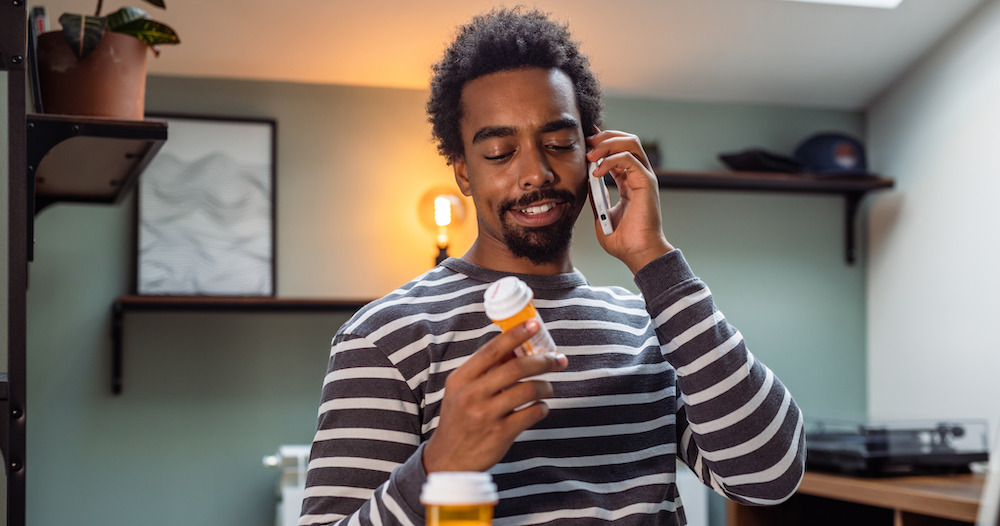Insights
Thought leadership and research to inspire innovative experiences
Explore our playbook on how to build a sustainable content moderation team to optimize and safeguard your user experiences.
Cloud migration can feel daunting to many companies. Concentrix makes migrating your contact center to the cloud easy!
Explore the critical role of community moderation in the gaming industry, including strategies for enhancing player engagement.
Discover how Concentrix can help improve your customer engagement strategy in our takeaways from Retail Omnichannel Futures Summit.
In this recap of our latest Born Digital episode, we explore how implementing AI is reshaping the way we do business.
Find out how coupling CCaaS benefits with the power of generative AI can provide smarter self-service options and hyper-personalized CX.
Discover how behavioral science can transform experiences across AI and human interaction and maximize your AI tech investments.
Explore the top trends shaping the trust and safety industry, and the impact of the emerging landscape for safeguarding online communities.
Discover the benefits of tech-powered, digital patient support programs with insights from our successful collaborative programs.
Find out how behavioral science—the discipline of understanding human decision-making—can play a key role in harnessing AI.
From workflows to decision-making, delve into the practical applications that make process mining a key driver of operational efficiency.
Explore how Concentrix and Amazon Connect can support your adoption and implementation of generative AI.
Got questions about CX? What is it, what does it mean, and what does it look like? Our experts share their thoughts on all things CX in this video.
Discover 2024’s transformative business landscape, where navigating disruption is key to success.
Discover the top 5 CX trends for 2024, what they mean to you, and how they can be applied to your organization.















